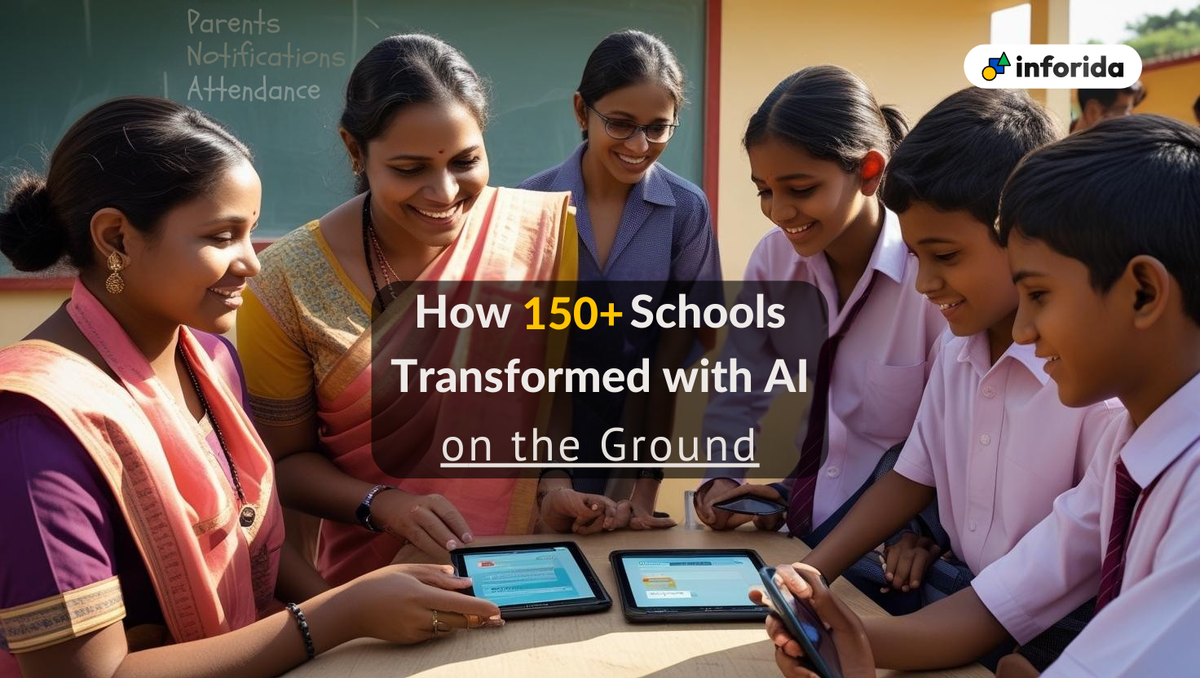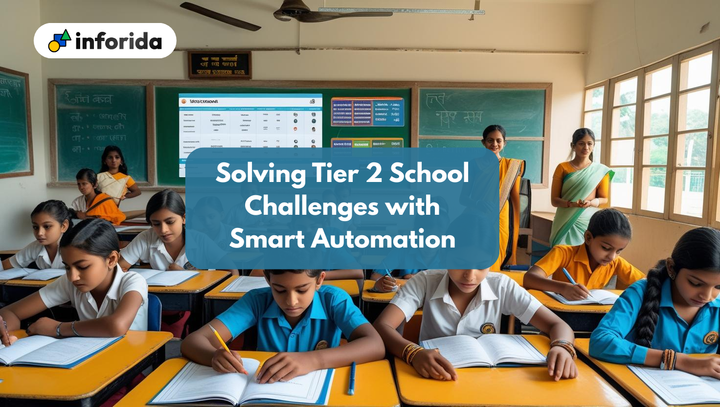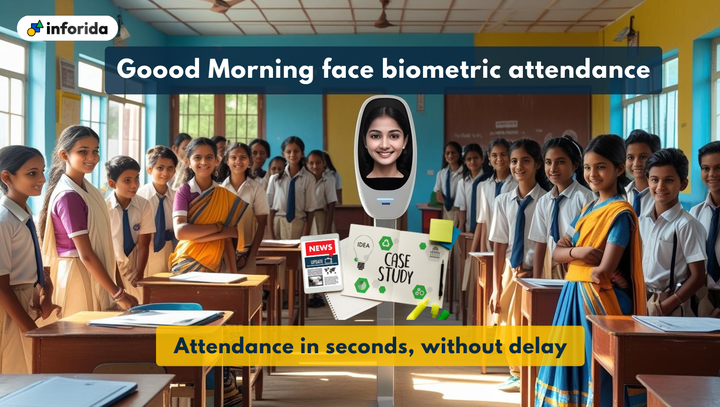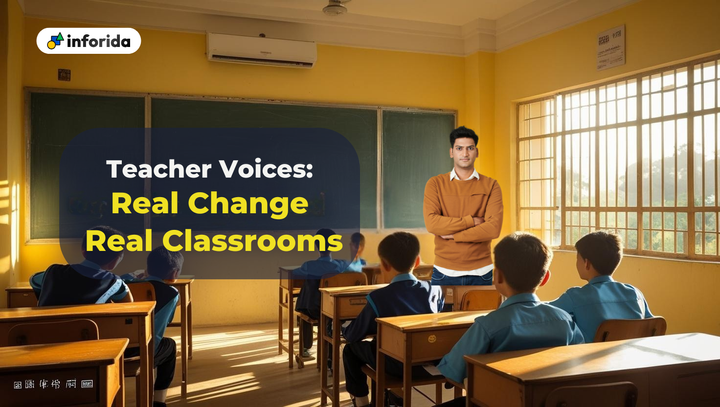From 120 to 150+ Schools: Lessons from the Ground

When Inforida first set out to bring AI into classrooms, the question was simple: could schools in smaller towns really adopt advanced EdTech at scale? Fast forward to today, and the numbers speak for themselves. In just under two years, Inforida has gone from working with 120 schools to powering operations in more than 150. This isn’t just a story about numbers; it’s a lesson in how EdTech growth is actually happening on the ground.
The Early Roadblocks
School owners in Tier 2 and Tier 3 cities were initially skeptical. Many had tried software in the past and found it either too complex or too expensive. Teachers worried about yet another app disrupting their daily workflow. Parents wanted updates but weren’t sure about digital tools beyond WhatsApp. The skepticism was real.
What Changed
The turning point came when schools started to see measurable results. Goood Morning cut daily attendance marking time from 40 minutes to under 5. Nucleus simplified fee collection and gave administrators instant financial reports. QuickEnroll AI increased admission inquiries by 8x for some schools.
More than the technology itself, it was the real-world improvements—saved time, reduced paper waste, smoother communication—that shifted mindsets.
Why Adoption Grew Faster Than Expected
- Mobile-first approach: Inforida prioritized mobile apps because teachers and parents were already comfortable using their phones for everything from payments to communication.
- Localized support: Schools in smaller cities valued hands-on onboarding and training. The team built trust by speaking the same language—literally and culturally.
- Proof through peers: Nothing convinced hesitant school owners more than seeing their neighboring schools increase admissions or cut costs with Inforida.
Lessons for the EdTech Space
The growth of Inforida isn’t just a case study in numbers. It’s proof that EdTech growth doesn’t only happen in big cities or elite schools. Tier 2 and Tier 3 schools are not just open to digital transformation—they’re hungry for it, provided it’s simple, affordable, and shows clear results.
The larger trend here is that adoption isn’t about shiny AI features alone. It’s about solving day-to-day pain points: attendance, admissions, communication, and reporting. Once those headaches disappear, schools are more than willing to experiment with advanced features like AI quizzes, predictive analytics, or automated voice communication.
What’s Next
Looking ahead, the momentum shows no signs of slowing. With National Education Policy (NEP) 2020 emphasizing digital-first classrooms and AI integration, adoption will likely accelerate further. Inforida’s experience from 120 to 150+ schools gives a blueprint: start small, prove value quickly, and let schools themselves become advocates.
Growth in EdTech isn’t just about tech launches or investor headlines. It’s about showing up consistently, solving real problems, and letting trust build adoption. That’s what took Inforida from 120 to 150+ schools—and it’s likely what will take them to the next 500.
Curious how your school can follow the same path? Book a free demo with our team and see the difference in just one week.




